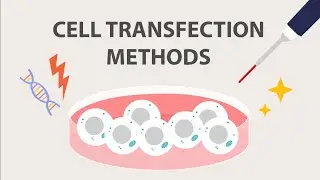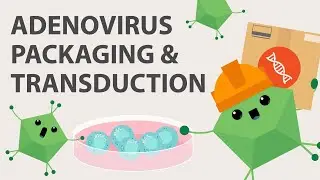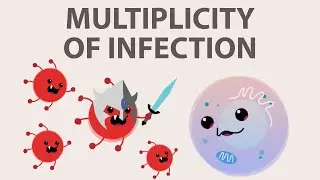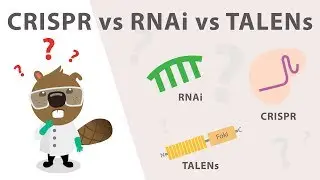Multiplicity of Infection (MOI): What is it and how do I calculate it?
So you’ve packaged your DNA into a virus and you’re ready to infect your cells! But, how many viral particles are required for 100% infection? In this video, we’ll explain the concept of Multiplicity of Infection or MOI, how to calculate your theoretical MOI, and how to determine the optimal MOI for your actual experiment.
The multiplicity of infection is defined as the ratio of how many viruses you need per cell to achieve 100% infection. Although the MOI calculation is simple, there are many factors that can affect your true experimental MOI, such as the cell and virus you are using as well as the application. We recommend that you perform a pilot experiment with, for example, a GFP-virus with your cell to determine the MOI that is optimal for your particular experiment.
Read our blog post on Multiplicity of Infection (MOI):
➜ https://info.abmgood.com/multiplicity...
To learn more about the lentivirus, AAV, or Adenovirus systems, visit our knowledge base:
➜ https://info.abmgood.com/learning-res...
Connect with us on our social media pages to stay up to date with the latest scientific discoveries:
➜ Facebook: / appliedbiological.materials
➜ Twitter: / abm_good
➜ LinkedIn: / applied-biological-material
➜ Instagram: / abm_good































